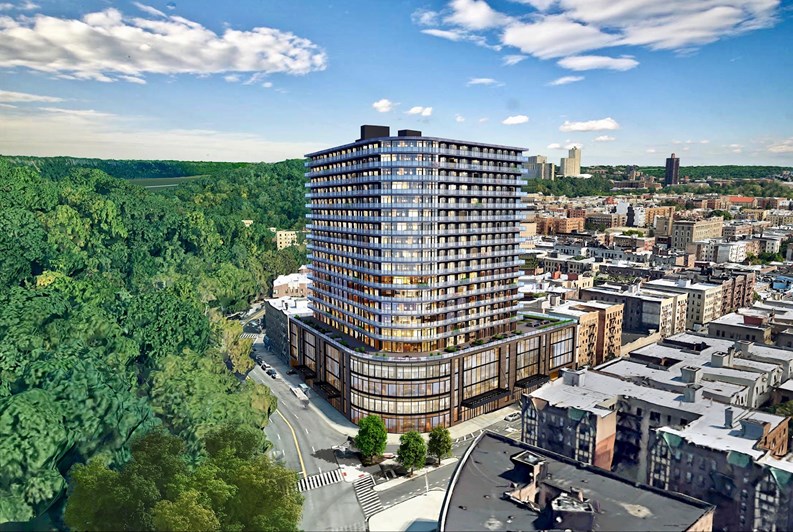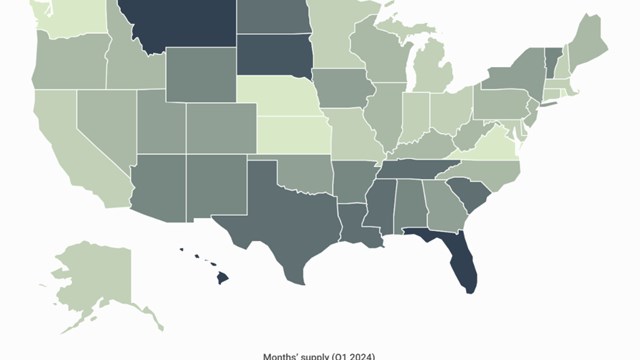Upper Manhattan, particularly the neighborhoods of Washington Heights and Inwood, continues to be Manhattan’s last frontier for residential development. With a relative abundance of residential-zoned building sites and excellent subway access to midtown (a 15-30 commute to Columbus Circle), those seeking a Manhattan address at an affordable price flock to the area. Now a site at 4650 Broadway in lower Inwood is looking to capitalize on Upper Manhattan's attractiveness to potential residents.
Hello Living, a Brooklyn-based developer, recently acquired the site for $55 million. According to a press release from November, Hello Living plans to build a mixed-use development containing 272 residential units, a 140,000-square-foot community facility, and 49,000 square feet of commercial space. Thirty percent of the units--approximately 82 units--will be part of the Affordable New York Housing Program initiated under New York Gov. Andrew Cuomo in 2017. It is not known at this time if the residential portion of the project, now called Hello Broadway, will be rental or condominium.
Eli Karp, Founder and CEO of Hello Living, said about the firm's recent acquisition in a statement: “We are thrilled to embark on our first project in the sought-after borough of Manhattan. Hello Living is known for its trailblazing developments throughout Brooklyn, and we could not be more excited to apply the same vision to Hello Broadway in order to serve the future residents and business owners at 4650 Broadway.”
#Affordability seems to be the hashtag for 4650 Broadway’s recent history. Currently occupied by a garage in what was a former Packard auto showroom, the property was acquired in 2005 by Acadia Realty Trust, a major real estate investment trust based in White Plains, for $18.25 million in partnership with New York City-based Washington Square Partners. Acadia had planned to construct a 15-story, 335-unit residential building with 175 units of affordable housing. It would have been the first property built under New York City’s mandatory inclusionary housing program.
However, several factors halted that development. The first was the recession that began at the end of 2007 and continued to affect the real estate market until at least 2012. The second was the changing demographics of Upper Manhattan that picked up speed from 2012 onward. With the recovery of the Manhattan real estate market and skyrocketing prices further downtown, many buyers seeking space and value began looking northward in terms of both homes and rental properties. This upward pressure on both rents and apartment prices began to displace long-time residents and increase calls from community activists for #affordability (there’s that hashtag again).
Strong community resistance led to the defeat of the proposed rezoning for the site by the City Council In August 2016. It should be noted that with the defeat of the proposed building – including those earmarked 175 affordable units – the developer was under no future obligation to include affordable housing in any new proposal. It then could be argued (and was, in some quarters) that the organizers of the resistance may have shot #affordability in the foot.
This past April, Acadia sold the property to FBE Limited, a real estate concern owned by Abraham Fruchthandler, for $26 million; FBE in turn sold the site to Hello Living.
“We approach each of our developments with passion,” said Karp, “and, as we enter this new area, we are committed to adding to the landscape of what makes Inwood unique.”
AJ Sidransky is a staff writer at The Cooperator, and a published novelist.







2 Comments
Leave a Comment